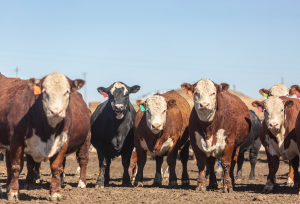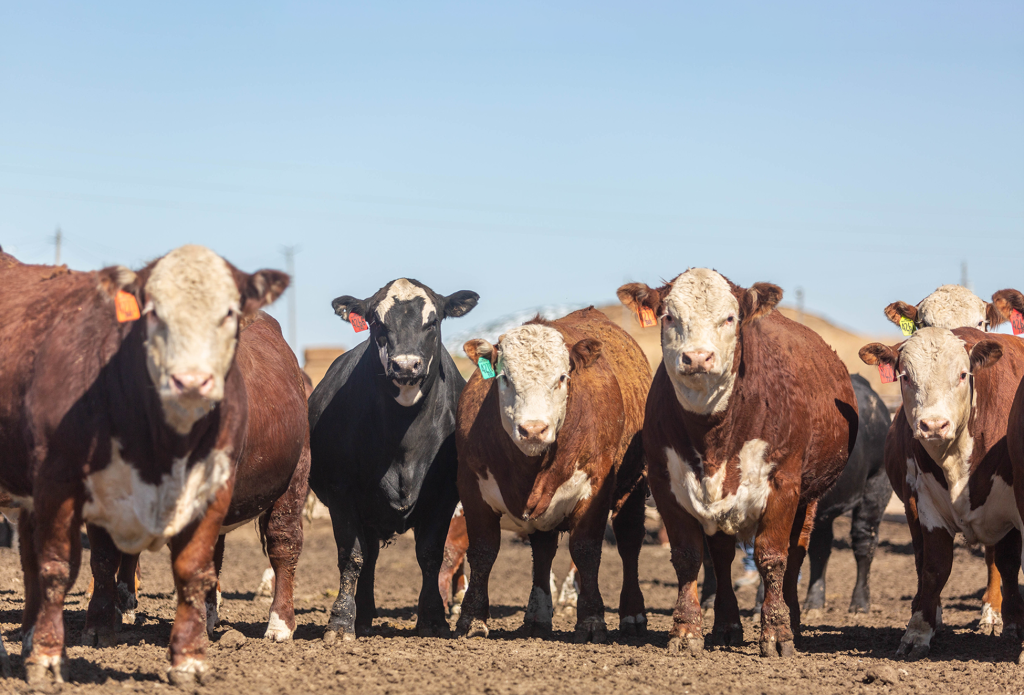
WASHINGTON, D.C. – The cattle market moves in cycles, usually lasting nine to 10 years. The current cycle is already in its 12th year, including its seventh year of contraction, the longest since the 1990-2004 cycle. The current feedback loop of high prices and the sale of beef cows for slaughter instead of breeding is creating an unprecedented updraft, leading to record prices and leaving it anyone’s guess when the cycle might return to Earth.
“This was a very bullish report,” says Bernt Nelson with the American Farm Bureau Federation. Placements of cattle into feedlots in February were 1.55 million head, 18% below the same time in 2024 and the lowest number for any month since June 2016.
“This drop was anticipated after months of elevated placements through 2024. Cattle available to be placed on feed have begun drying up and feedlot inventories have declined since the start of the year. This will lead to fewer fed cattle being available for beef production during the summer months when beef demand is typically the highest. This sharp decline could be the first sign of herd rebuilding and an indication that the current cattle cycle is coming to an end. However, this is not your typical cattle cycle.”
During April, feedlot placements reached 1.61 million head, which is 3% lower than the previous year. Net placements for the month were 1.56 million head.
As of May 1, 2025, the number of cattle and calves on feed for the U.S. slaughter market in feedlots with a capacity of 1,000 or more head totaled 11.4 million. This figure represents a 2% decrease compared to the same date in 2024.
Breaking down the April placements by weight category: 310,000 head weighed under 600 pounds, 225,000 were between 600–699 pounds, 370,000 were in the 700–799-pound range, 443,000 weighed 800–899 pounds, 195,000 were 900–999 pounds, and 70,000 head weighed 1,000 pounds or more.
Fed cattle marketings in April totaled 1.83 million head, also down 3% from April 2024. Additionally, other disappearance—cattle removed from the feedlot inventory for reasons other than slaughter—was reported at 50,000 head, which is 11% lower than the same month last year.
These figures reflect a continued tightening in cattle supply, which may influence future market dynamics, pricing, and production strategies across the beef industry.
Editor’s Note: NASS will no longer generate publications tailored specifically to individual states or regions.


